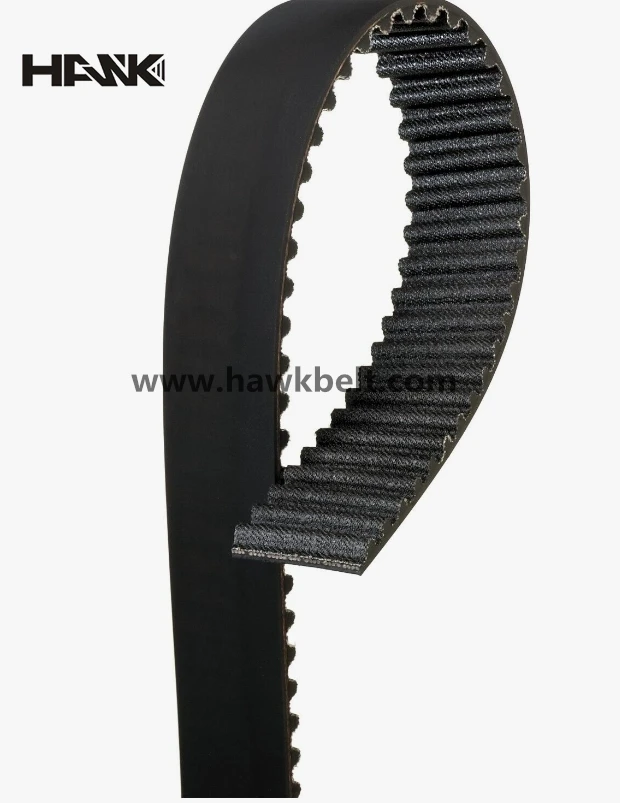- Arabic
- French
- Russian
- Spanish
- Portuguese
- Turkish
- Armenian
- English
- Albanian
- Amharic
- Azerbaijani
- Basque
- Belarusian
- Bengali
- Bosnian
- Bulgarian
- Catalan
- Cebuano
- Corsican
- Croatian
- Czech
- Danish
- Dutch
- Afrikaans
- Esperanto
- Estonian
- Finnish
- Frisian
- Galician
- Georgian
- German
- Greek
- Gujarati
- Haitian Creole
- hausa
- hawaiian
- Hebrew
- Hindi
- Miao
- Hungarian
- Icelandic
- igbo
- Indonesian
- irish
- Italian
- Japanese
- Javanese
- Kannada
- kazakh
- Khmer
- Rwandese
- Korean
- Kurdish
- Kyrgyz
- Lao
- Latin
- Latvian
- Lithuanian
- Luxembourgish
- Macedonian
- Malgashi
- Malay
- Malayalam
- Maltese
- Maori
- Marathi
- Mongolian
- Myanmar
- Nepali
- Norwegian
- Norwegian
- Occitan
- Pashto
- Persian
- Polish
- Punjabi
- Romanian
- Samoan
- Scottish Gaelic
- Serbian
- Sesotho
- Shona
- Sindhi
- Sinhala
- Slovak
- Slovenian
- Somali
- Sundanese
- Swahili
- Swedish
- Tagalog
- Tajik
- Tamil
- Tatar
- Telugu
- Thai
- Turkmen
- Ukrainian
- Urdu
- Uighur
- Uzbek
- Vietnamese
- Welsh
- Bantu
- Yiddish
- Yoruba
- Zulu
des . 15, 2024 01:51 Back to list
linked v belt
Understanding Linked V Belts A Key Component in Mechanical Systems
In the world of mechanical engineering, efficiency and reliability are paramount. Every component in a machine plays a significant role in its overall function. One such essential component is the linked V belt. This article delves into the concept of linked V belts, their design, advantages, applications, and maintenance.
What is a Linked V Belt?
A linked V belt is a type of belt designed to transfer power. It consists of multiple individual links or segments, which can be connected to form a continuous loop. Unlike traditional belts that are often made from a single piece of material, linked V belts offer the flexibility to adjust their length and configuration according to specific operational needs. The cross-section of a linked V belt resembles a V, which ensures a better grip on pulleys and reduces slippage, leading to more efficient power transmission.
Design and Features
The design of linked V belts is one of their most significant advantages. They are crafted from high-strength materials that can withstand tensile forces and resist wear. The individual links can be made of various materials, such as rubber or thermoplastics, which are chosen based on the application and environment. The ability to adjust the length and the pitch of the belt allows engineers to customize the belt for different machinery, offering versatility that is crucial for various applications.
Moreover, linked V belts are designed to function well in high-speed operations and can handle significant loads. Their flexibility and ability to fit into tight spaces make them suitable for a wide range of machinery.
Advantages of Linked V Belts
1. Customizability One of the primary benefits of linked V belts is their customizability. Because they are made up of individual links, these belts can be tailored to suit specific applications and machinery. This adaptability is vital in industries where machines may need to be modified frequently.
2. Ease of Replacement Linked V belts can be easily assembled and disassembled, which simplifies maintenance. Instead of replacing the entire belt, operators can replace just the damaged links, reducing downtime and maintenance costs.
3. Minimized Slippage Due to their “V” shape, linked V belts provide a superior grip on pulleys, minimizing slippage. This characteristic is especially important in applications requiring precise speed ratios and consistent power transmission.
4. Durability These belts are designed to endure harsh conditions, including exposure to chemicals, extreme temperatures, and high levels of moisture. Their robust construction helps in extending the overall lifespan of the belt.
linked v belt

Applications
Linked V belts are used in a variety of industries and applications. They are commonly found in
- Agriculture Used in tractors and various farming equipment for power transmission. - Manufacturing Found in conveyor systems and machinery for transporting goods. - Automotive Used in engines and various automotive systems for efficient power transfer. - HVAC Systems Integrated into heating and cooling systems to drive fans and compressors effectively.
Maintenance Tips
Proper maintenance of linked V belts is crucial to ensuring their longevity and optimal performance. Here are some essential tips
1. Regular Inspections Check for wear and tear regularly. Look for signs of fraying or damage in the links.
2. Proper Tension Ensure that the belt is installed with the correct tension. Too much tension can cause premature wear, while too little can lead to slippage.
3. Clean Environment Keep the area around the belt clean to minimize dust and debris buildup, which can affect performance.
4. Alignment Ensure that pulleys are properly aligned to prevent uneven wear and inefficiency.
Conclusion
Linked V belts are an integral part of modern mechanical systems, providing flexibility, efficiency, and reliability. Their unique design and customizability make them suitable for a myriad of applications across different industries. By understanding their advantages and adhering to maintenance practices, operators can ensure that these belts continue to perform optimally, thereby enhancing the overall efficiency of machinery. As technology advances, the role of linked V belts will undoubtedly remain significant in the pursuit of mechanical excellence.
-
Korean Auto Parts Timing Belt 24312-37500 For Hyundai/Kia
NewsMar.07,2025
-
7PK2300 90916-T2024 RIBBED BELT POLY V BELT PK BELT
NewsMar.07,2025
-
Chinese Auto Belt Factory 310-2M-22 For BMW/Mercedes-Benz
NewsMar.07,2025
-
Chinese Auto Belt Factory 310-2M-22 For BMW/Mercedes-Benz
NewsMar.07,2025
-
90916-02660 PK Belt 6PK1680 For Toyota
NewsMar.07,2025
-
drive belt serpentine belt
NewsMar.07,2025

